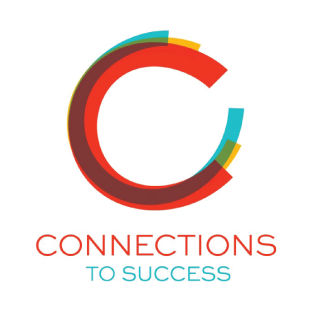 There is a formula for success. I’ve seen it work for small, independently owned companies as well as Fortune 500 companies. Here’s what it looks like:
There is a formula for success. I’ve seen it work for small, independently owned companies as well as Fortune 500 companies. Here’s what it looks like:
Focus on the Customer
It starts with an extreme customer focus. You should have a complete understanding of your customers, why they buy your product, the steps they go through to make that purchase and the obstacles, both perceived and real, that they encounter along the way. This should drive every decision in your company from product offerings to sales and marketing to customer service, even to the way you invoice and distribute your product.
Unique Culture
Secondly, there is culture. The culture of your organization drives that customer focus and ultimately the creation of raving customer fans. Notice I didn’t say satisfied customers. Leave satisfied customers to all your competitors. You want to develop customers who talk about you, refer you and are aligned with your company values. These are customers for life and your strongest form of marketing.
Acceleration Through Empowerment
The third component is empowerment. You cannot do this alone. You must be able to empower your employees to be technology (and process) accelerators.
Focused Execution
Finally, there is the most important part…and the part most often overlooked. Focused, accountable execution. You cannot take a couple of management ideas and try them for a few weeks. It won’t work. Without direction defined by clear and concise goals, your employees will not understand how to efficiently use their time and talents to drive the success of your company.
So if there is a formula, why are there only a handful of companies who achieve a high performance level?
Leadership.
Leadership is the catalyst that drives a culture with an extreme customer focus, employees empowered to deliver and a focused execution. The first step in identifying how you become that catalyst is to understand the five roles every leader must access.
The Technician
Every leader should be a technician. This is how many companies are started. You are really good at something, and you decide to start a business. Technicians have a high degree of technical proficiency, they’re sought out for expertise, they diagnose problems using analytical skills and troubleshoot and problem-solving those problems. Many times this person is so good at the technical aspects of the companies core competencies that they are promoted into a leadership role.
The Manager
This is often the next phase in your metamorphosis to leadership. Every leader should be a manager. You plan and schedule projects, direct resources, decide daily goals and priorities, track progress and run reports and meetings.
The Architect
Every leader must be an architect. You standardize and document processes and procedures, align systems to strategies and visions, challenge practices that are not consistent with the core vision, and reinforce a positive culture.
The Trailblazer
Vision is not enough, it must be driven by action. Every leader must be a trailblazer who analyzes the organizational environment for trends and changes, clearly articulates a vision for the future, translates vision into objectives, makes connections with people outside the organization and encourages and empowers risk-taking and innovation.
The Coach
And finally, every leader should be a coach who sets standards for behavior and performance, empowers people to make decisions and solve problems, provides information and training, evaluates and helps individuals grow in their abilities and acts as a mentor.
The key to achieving high performance is to find the correct balance of these 5 roles. A balance you can discover for yourself with the 360 High Performance Leadership program.
In traditional organizations, leaders emphasize the manager and technician roles, but in high-performance organizations, leaders emphasize the architect, trailblazer and coach roles. You can see how, by focusing on your architect, trailblazer and coach roles, you gradually become a leader who empowers others to execute many of those manager and technician roles more effectively and efficiently, leaving you more time to focus on the other roles.
So tell us which leadership role you see most often in your organization?



Add comment
You must be logged in to post a comment.